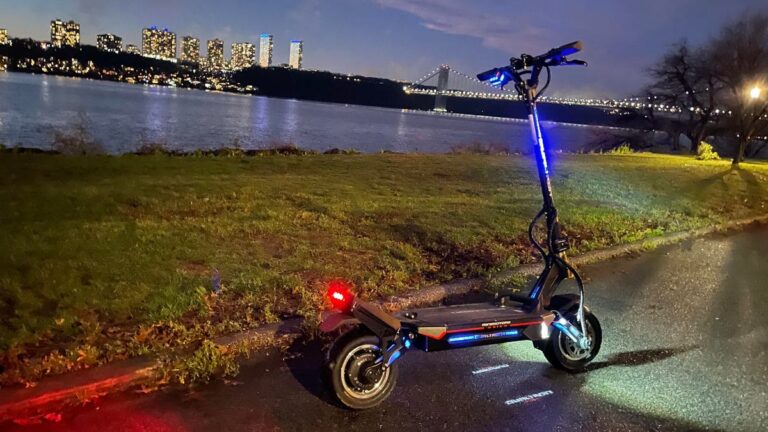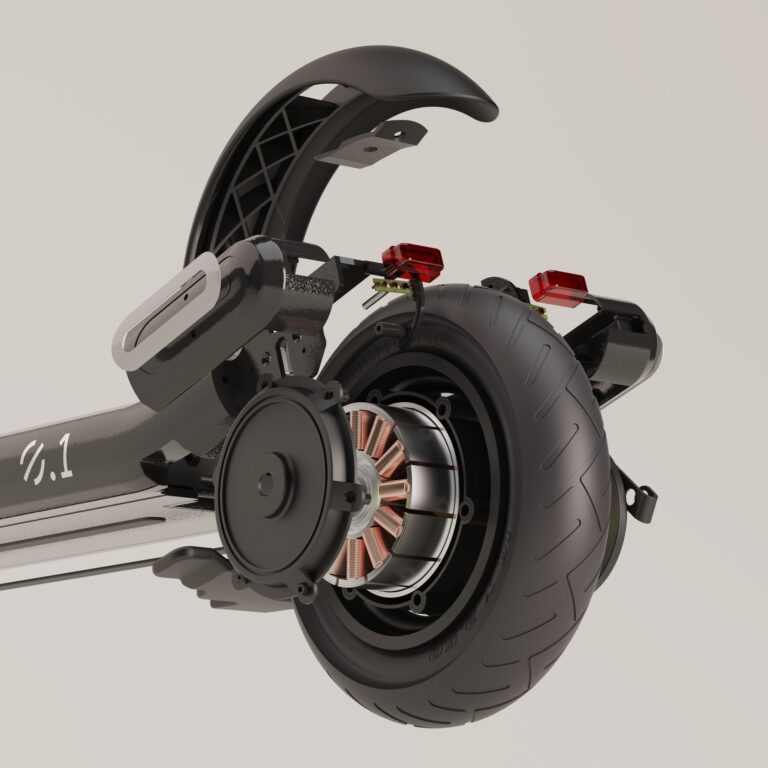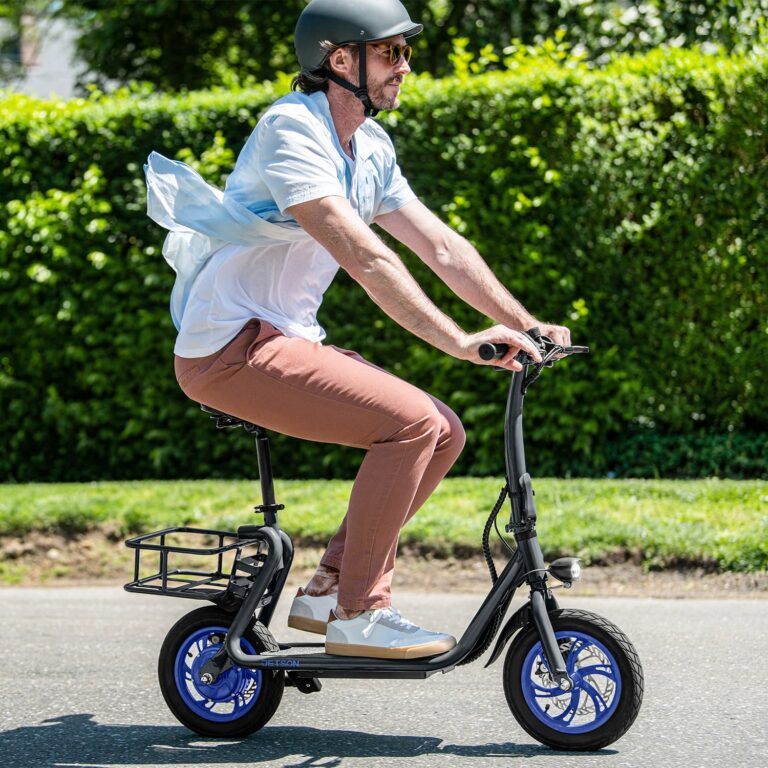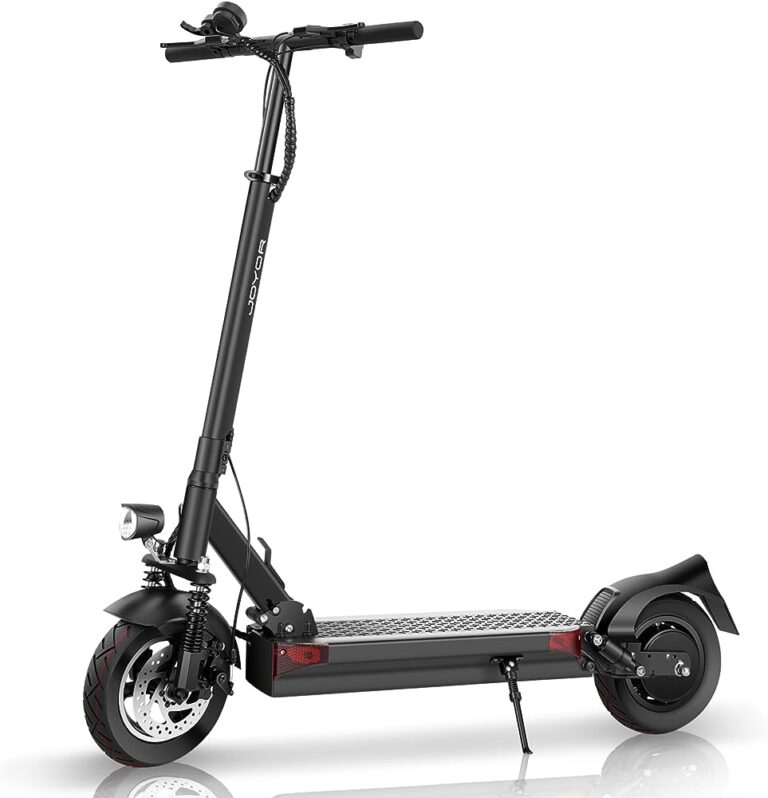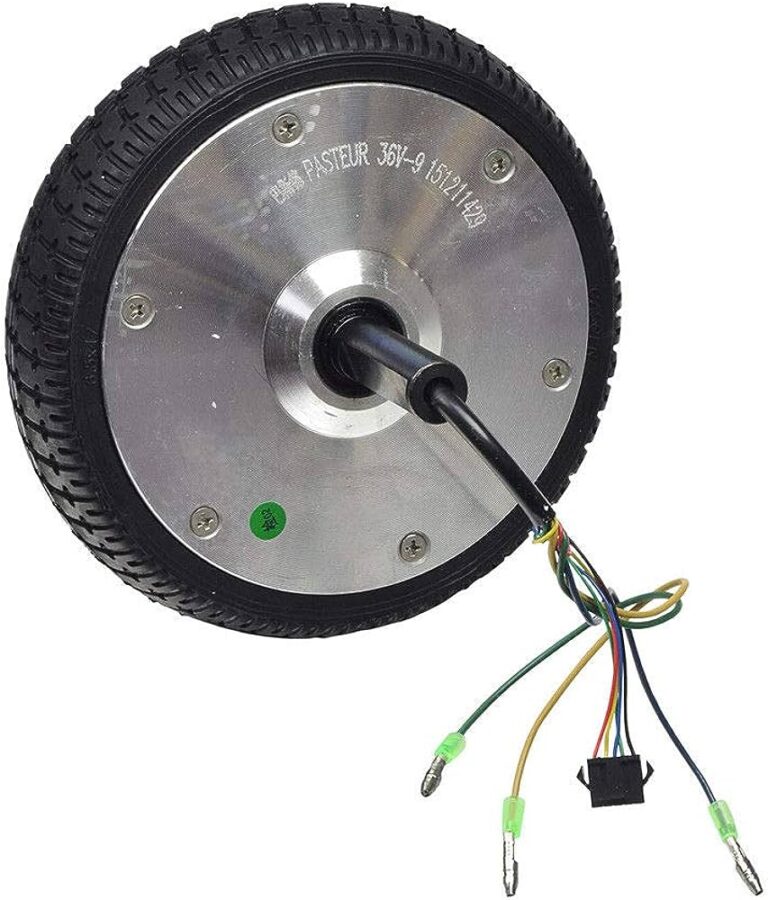Chinese Scooter Wont Idle: Troubleshooting Tips for a Smooth Ride
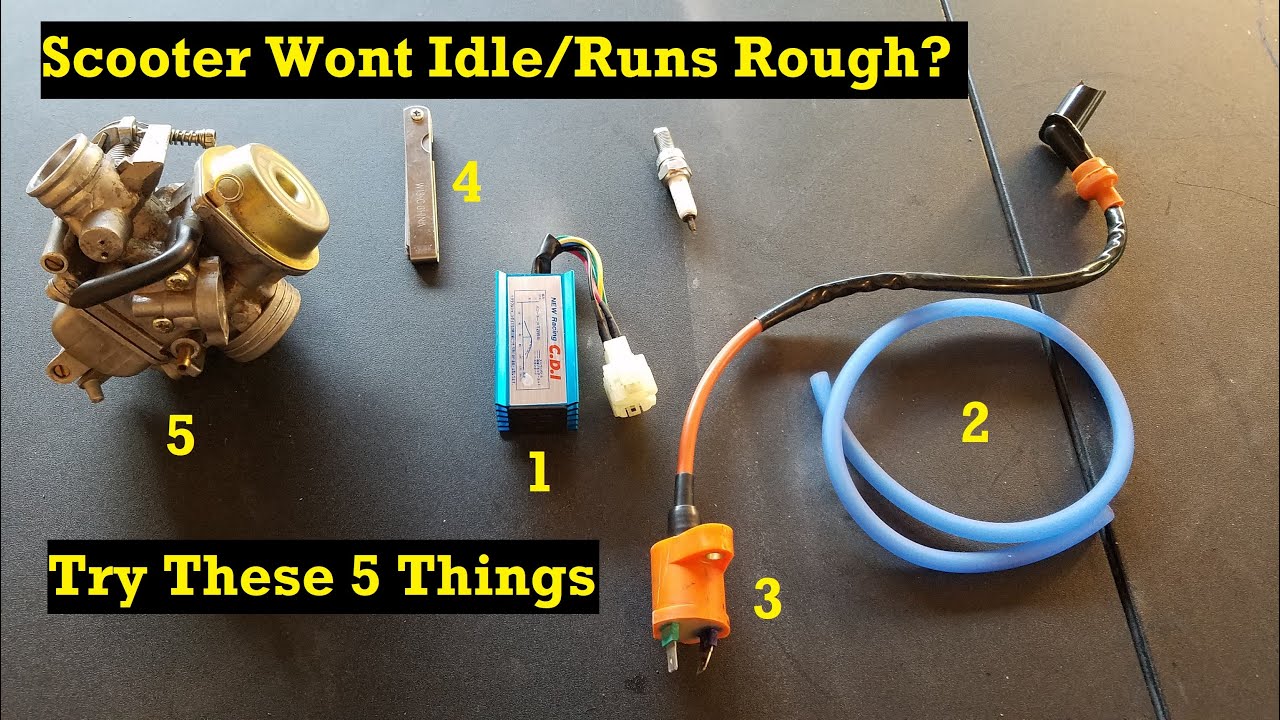
Chinese scooter won’t idle? The most likely cause for a Chinese scooter not idling is a clogged carburetor.
When your Chinese scooter refuses to idle, it is often due to a clogged carburetor. This component plays a pivotal role in regulating the fuel and air mixture required for idling. A clogged carburetor can prevent fuel from properly reaching the engine, causing the scooter to stall.
Fortunately, this issue can be resolved by cleaning the carburetor thoroughly. To do this, disassemble the carburetor according to the manufacturer’s instructions and remove any accumulated dirt, debris, or varnish. Also, make sure to clean the jets, needles, and passages carefully. Once cleaned, reassemble the carburetor and reinstall it in your Chinese scooter. With a clean carburetor, your scooter should idle smoothly once again.
Common Issues Causing Idle Problems
Idle problems in Chinese scooters can stem from various issues. From carburetor faults to vacuum leaks or clogged fuel filters, identifying and addressing the root cause is essential for an efficient and smooth idle performance. Resolving these common problems will help your Chinese scooter idle properly.
Dirty Or Clogged Air Filter:
- A dirty or clogged air filter can cause your Chinese scooter to have idle problems. This is because a restricted airflow to the engine can disrupt the air-fuel mixture required for smooth idling.
- Prevent this issue by regularly checking and cleaning or replacing your air filter as needed.
Faulty Carburetor:
- Another common cause of idle problems in Chinese scooters is a faulty carburetor. The carburetor is responsible for mixing the fuel and air in the correct proportions for combustion.
- If the carburetor is damaged or maladjusted, it can result in poor idling or stalling. Inspect the carburetor for any signs of wear, such as leaks or clogs.
- To resolve this issue, you may need to clean or rebuild the carburetor, or in some cases, replace it entirely.
Vacuum Leak:
- A vacuum leak can disrupt the proper functioning of your scooter’s engine, leading to idle problems. It occurs when there is an unintended opening in the intake manifold or the vacuum lines.
- Common signs of a vacuum leak include rough idling, engine misfires, and reduced power. To identify the source of the leak, you can perform a visual inspection or use a smoke machine.
- Once the source is found, you may need to repair or replace the affected component to eliminate the vacuum leak.
Fuel Delivery Issues:
- Fuel delivery problems can also contribute to idle issues in Chinese scooters. This can occur due to various reasons such as a clogged fuel filter, a malfunctioning fuel pump, or a blocked fuel line.
- When the scooter doesn’t receive enough fuel, it can lead to irregular idling or engine stalling. Check for any obstructions in the fuel system and ensure that the fuel filter and fuel lines are clean and clear.
- If necessary, replace the fuel filter or address any other fuel delivery issues to ensure proper fuel flow and smooth idling.
Remember to perform regular maintenance and promptly address any issues to keep your Chinese scooter running smoothly at idle. Monitoring and addressing these common problems will help you maintain optimal performance and extend the lifespan of your scooter.
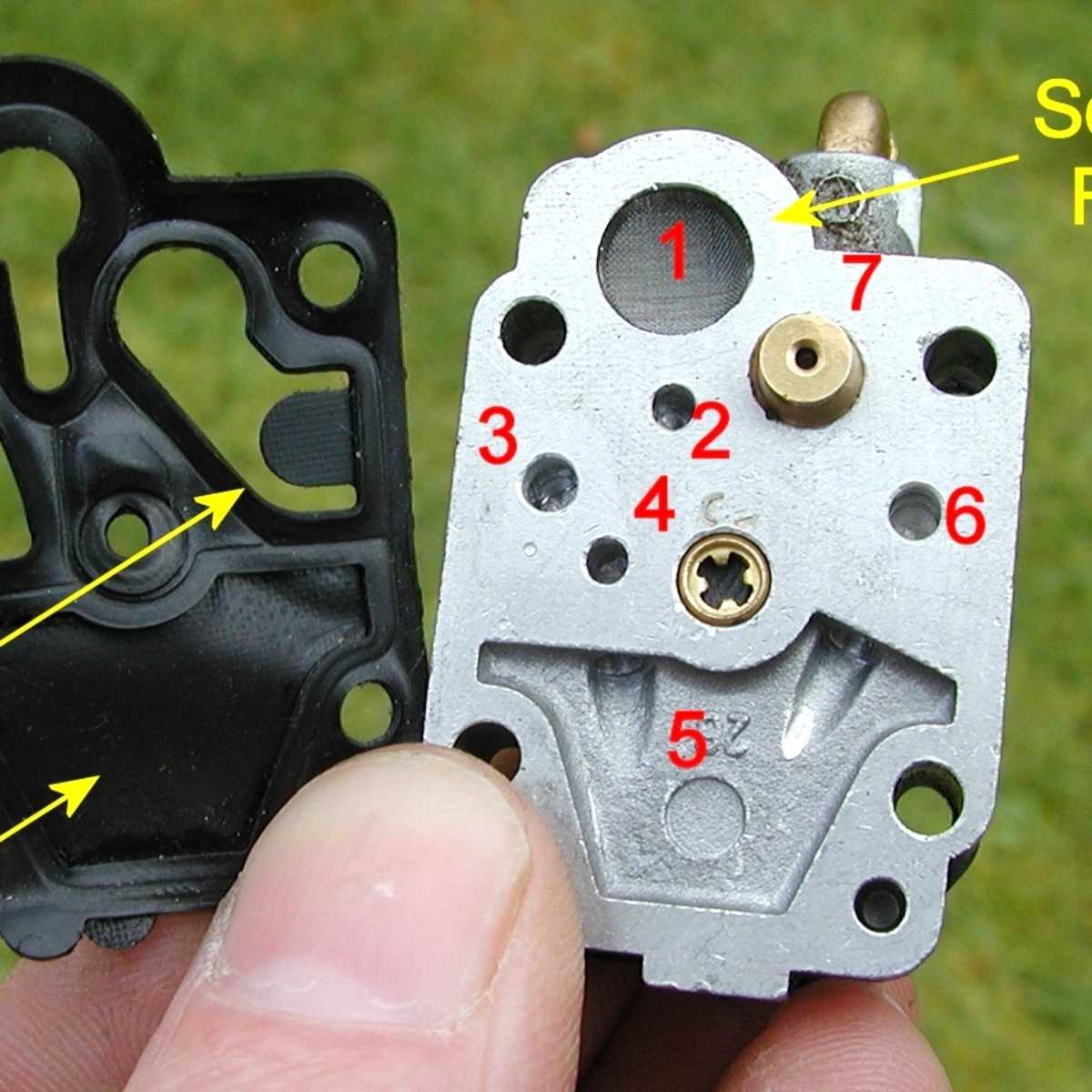
Credit: dengarden.com
Cleaning And Replacing The Air Filter
Cleaning and replacing the air filter can help fix idle issues with your Chinese scooter. By maintaining a clean and functional air filter, you can ensure proper airflow and improve the scooter’s performance.
If your Chinese scooter won’t idle properly, one common issue could be a dirty or clogged air filter. The air filter plays a crucial role in ensuring that the engine receives clean air for combustion. Over time, dust, dirt, and debris can accumulate, hindering air flow and causing performance issues.
To resolve this problem, follow these steps to clean or replace the air filter:
Locate The Air Filter Housing
- On most Chinese scooters, the air filter housing is typically situated on the side or rear of the scooter’s engine.
- Look for a rectangular or cylindrical plastic housing with screws or clips securing it in place.
- Refer to the scooter’s manual or manufacturer’s instructions for an accurate location if needed.
Remove The Air Filter
- Use a screwdriver or wrench to loosen and remove any screws or clips securing the air filter housing.
- Carefully lift off the housing to access the air filter inside.
- Take note of the position and orientation of the air filter for reinstallation later.
Clean Or Replace The Air Filter
- If the air filter appears dirty or clogged, gently tap it against a hard surface to remove loose debris.
- For a thorough cleaning, rinse the air filter with warm, soapy water. Avoid using harsh chemicals or excessive force.
- Allow the air filter to dry completely before proceeding.
- Alternatively, if the air filter is significantly damaged or excessively dirty, it’s advisable to replace it with a new one.
- Ensure that the replacement filter is compatible with your specific scooter model.
Reinstall The Air Filter
- Carefully position the air filter back into the housing, ensuring it is properly aligned and fits securely.
- Replace any screws or clips, tightening them securely but not overly tight.
- Double-check that the air filter housing is securely fastened to prevent any air leaks.
By regularly checking, cleaning, and replacing the air filter as needed, you can help maintain your Chinese scooter’s optimal performance. A clean air filter allows for proper air flow, leading to improved engine efficiency and a smoother idle. Remember, a healthy air filter is an essential component of your scooter’s overall functioning.
So, take the time to maintain it regularly for a reliable and enjoyable riding experience.
Checking And Adjusting The Carburetor
To get your Chinese scooter to idle properly, it’s important to check and adjust the carburetor. By making necessary adjustments, you can ensure smooth and consistent idling, helping your scooter run smoothly.
Locating The Carburetor:
- The carburetor is a vital component of your Chinese scooter’s engine that mixes air and fuel for combustion. It is usually located near the intake manifold or air filter housing.
- To access the carburetor, you may need to remove the scooter’s body panels or air filter housing, depending on the model.
- Before starting any inspection or adjustment, ensure that the scooter’s engine is cool and turned off.
Inspecting The Carburetor For Any Blockages:
- Blockages in the carburetor can disrupt the proper flow of air and fuel, leading to an idle problem.
- Carefully examine the carburetor for any visible signs of dirt, debris, or corrosion.
- Check the fuel jets, passages, and venturi tube for clogs or obstructions.
- Use a carburetor cleaner and a small brush to remove any accumulated dirt or debris.
- Additionally, ensure that the float and float needle are clean and functioning properly.
Adjusting The Idle Speed Screw:
- The idle speed screw controls the engine’s idle RPM. If the scooter won’t idle, adjusting this screw might help.
- Start by locating the idle speed screw on the carburetor. It is often marked with “I” or “Idle.”
- Turn the screw counterclockwise to increase the idle speed or clockwise to decrease it.
- Make small adjustments and monitor the scooter’s idle RPM until it stabilizes at the desired speed.
- Be cautious not to set the idle speed too high, as it may result in engine damage or safety hazards.
Adjusting The Air-Fuel Mixture Screw:
- The air-fuel mixture screw regulates the ratio of air to fuel in the carburetor, impacting the scooter’s idle performance.
- Find the air-fuel mixture screw on the carburetor, typically marked with “A” or “AF.”
- Using a screwdriver, turn the screw clockwise until it gently stops. This is the initial “closed” position.
- Gradually rotate the screw counterclockwise, usually in half-turn increments, while monitoring the idle speed.
- Stop adjusting the screw when you achieve a smooth and stable idle, keeping the RPM within the manufacturer’s recommended range.
Remember, if you are unsure about any adjustments or encounter persistent issues, it is recommended to consult a professional mechanic or refer to your scooter’s manual for further guidance.
Identifying And Fixing Vacuum Leaks
Having trouble with your Chinese scooter not idling properly? It could be due to a vacuum leak. Discover how to identify and fix vacuum leaks in a concise and informative way.
Understanding Vacuum Leaks And Their Impact On Idle:
Vacuum leaks can disrupt the smooth idle of your Chinese scooter, causing it to stall or struggle to stay running at idle speed. It occurs when there is an unintended gap in the vacuum system, allowing unmetered air to enter.
This disrupts the delicate balance between air and fuel, resulting in an erratic idle. Identifying and fixing vacuum leaks is crucial to restoring optimal idle performance. Here are the steps to help you locate and repair these leaks.
Locating Potential Sources Of Vacuum Leaks:
To identify potential sources of vacuum leaks on your Chinese scooter, follow these steps:
- Inspect the intake manifold gasket for any signs of wear, cracks, or damage. This gasket is prone to deterioration over time, leading to vacuum leaks.
- Check the rubber boots connecting the carburetor or throttle body to the engine. Look for cracks, splits, or loose connections.
- Examine the vacuum hoses for any signs of wear, cracks, or disconnections. These hoses are responsible for carrying vacuum pressure and can develop leaks with age and use.
- Pay attention to the vacuum caps and fittings. Make sure they are tightly secured and aren’t cracked or damaged.
Inspecting And Repairing Vacuum Lines And Hoses:
Once you have located potential sources of vacuum leaks, you can inspect and repair the vacuum lines and hoses accordingly:
- Carefully remove the damaged vacuum lines and hoses, taking note of their original positions.
- Clean the fittings and connectors of any debris or dirt using a soft cloth.
- Replace any worn, cracked, or damaged vacuum lines or hoses with new ones of the same size and shape.
- Ensure that all connections are secure and tight, avoiding any unnecessary bends or kinks in the lines.
- Double-check that the intake manifold gasket is intact and properly sealed. If necessary, replace it with a new gasket.
Rechecking the scooter’s idle performance:
Once you have inspected and repaired any vacuum leaks, it is vital to recheck the scooter’s idle performance. Start the scooter and let it warm up for a few minutes. Observe the idle speed and note any improvements or abnormalities.
If the idle remains rough or unstable, consider seeking professional assistance or further troubleshooting.
Remember, vacuum leaks can significantly impact your Chinese scooter’s idle performance. By understanding their causes and taking proactive steps to identify and fix them, you can ensure a smooth and reliable idle for your scooter.
Troubleshooting Fuel Delivery Issues
If your Chinese scooter won’t idle, troubleshooting fuel delivery issues may be the solution. Check the fuel filter, carburetor, and fuel lines for clogs or damage to ensure smooth and consistent fuel flow.
If your Chinese scooter is having trouble idling, it could be due to fuel delivery issues. To identify and fix these problems, follow the steps below:
Checking The Fuel Lines For Any Blockages Or Leaks:
- Inspect the fuel lines, looking for any signs of blockages or leaks.
- Check for kinks or bends in the fuel lines, as these can impede the flow of fuel.
- Ensure that the fuel lines are securely connected to the fuel tank and carburetor.
Inspecting The Fuel Filter:
- Locate the fuel filter, which is typically located near the fuel tank.
- Remove the fuel filter from the scooter.
- Examine the fuel filter for any dirt or debris that may be blocking the flow of fuel.
Cleaning Or Replacing The Fuel Filter:
- If the fuel filter is dirty, clean it using a mixture of mild detergent and warm water.
- Rinse the fuel filter thoroughly and allow it to dry completely before reinstalling it.
- If the fuel filter is damaged or unable to be cleaned, it may need to be replaced with a new one.
Testing The Fuel Pump:
- Locate the fuel pump on your Chinese scooter.
- Disconnect the fuel line from the carburetor and use a container to catch the fuel that comes out.
- Start the engine and observe if fuel is flowing steadily from the fuel line.
- If there is little to no fuel coming out, the fuel pump may need to be replaced.
By following these troubleshooting steps for fuel delivery issues, you can improve the idle performance of your Chinese scooter. Remember to always refer to the manufacturer’s guidelines and consult a professional if needed.
Additional Tips For A Smooth Ride
For a smoother ride with your Chinese scooter that won’t idle, consider these additional tips to resolve the issue. Find the correct idle speed, examine the carburetor, clean the air filter, check the spark plug, adjust the fuel mixture, and ensure proper maintenance for reliable performance.
Whether you’re a scooter enthusiast or a daily commuter, keeping your Chinese scooter running smoothly is crucial for an enjoyable ride. While issues with idle can be frustrating, there are several steps you can take to ensure your scooter operates efficiently.
From using high-quality fuel to seeking professional help when needed, these tips will help you maintain a smooth ride.
Using High-Quality Fuel:
- Opt for premium fuel with a higher octane rating: Higher octane fuels are less likely to cause knocking or pinging in the engine, promoting smoother idle and better performance.
- Avoid using old or contaminated gasoline: Stale or contaminated fuel can lead to clogged fuel lines and fuel filter, resulting in difficulties with idling. Make sure to use fresh fuel from reputable gas stations.
- Consider using fuel additives: Certain fuel additives can improve fuel combustion and help keep the carburetor clean, enhancing idle performance.
Regularly Maintaining The Scooter’S Engine:
- Clean the air filter regularly: A dirty air filter can restrict air flow, affecting idle and overall engine performance. Clean or replace the air filter as recommended by the manufacturer.
- Check and adjust the carburetor: The carburetor plays a crucial role in engine performance, including idle. Periodically inspect the carburetor for any clogs or malfunctions and adjust it according to the manufacturer’s instructions.
- Keep the spark plug in good condition: A worn-out or fouled spark plug can cause poor idle and misfires. Regularly inspect and replace the spark plug as needed to maintain optimal engine performance.
Following The Manufacturer’S Recommended Maintenance Schedule:
- Adhere to the recommended oil change intervals: Regular oil changes are vital for keeping the engine running smoothly. Follow the manufacturer’s guidelines for oil change frequency and use the recommended oil type.
- Inspect and adjust the drive belt: A loose or worn-out drive belt can affect idle and overall scooter performance. Check the drive belt regularly and adjust or replace it as necessary.
- Keep an eye on other components: Pay attention to the condition of components like the battery, brakes, and tires. Proper maintenance of these parts ensures optimal performance and a smoother ride.
Seeking Professional Help If The Issues Persist:
- If you’ve tried the above steps and the idle issue persists, it may be time to seek the expertise of a professional mechanic. They can diagnose and address any underlying problems that may be causing the idle issue.
- Choosing an experienced mechanic who specializes in scooter repairs can provide you with accurate solutions and ensure your scooter is in good hands.
Remember, regularly maintaining your Chinese scooter and using high-quality fuel are important for a smoother idle and overall riding experience. By following the manufacturer’s guidelines and seeking professional help when needed, you can enjoy many trouble-free rides on your scooter.
Frequently Asked Questions Of Chinese Scooter Wont Idle
Why Does My Scooter Shut Off When Idle?
Your scooter shuts off when idle due to potential issues with the fuel mixture or carburetor.
Why Does My Scooter Start But Not Move?
There could be several reasons why your scooter starts but doesn’t move, such as a broken belt or a faulty clutch.
What Is A Petcock On A Scooter?
A petcock on a scooter is a valve that controls the fuel flow to the engine.
How Do You Start A Scooter That Has Been Sitting?
To start a scooter that has been sitting, follow these steps: 1. Check the fuel level and add fresh fuel if needed. 2. Inspect the battery and charge it if necessary. 3. Turn the ignition switch to “on” position and engage the choke if applicable.
4. Pull the throttle slowly while pressing the starter button to start the engine.
Conclusion
To recap, troubleshooting a Chinese scooter that won’t idle can be a complex task, but with the right approach, it is possible to resolve the issue and get back on the road. Start by checking the fuel system, including the fuel line, carburetor, and spark plug.
Make sure the air filter is clean and properly installed. Additionally, inspect the throttle cable and adjust it if necessary. Check for any vacuum leaks and address them promptly. If the issue persists, consider reaching out to a professional mechanic or seeking help from online forums and communities where you can find experienced individuals who have dealt with similar problems.
Remember, regular maintenance and care can prevent future idling issues, so it’s crucial to stay vigilant and take proper care of your scooter. Happy riding!

